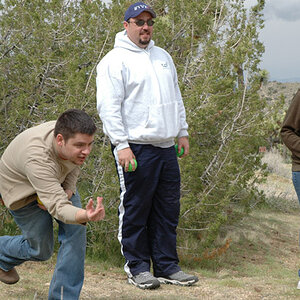KuklaPup
TPF Noob!
- Joined
- Dec 13, 2012
- Messages
- 3
- Reaction score
- 0
- Location
- Maryland
- Can others edit my Photos
- Photos OK to edit
I have been searching through the Web to find an answer to this question, but to no avail. Maybe someone can help me. I have a Canon system where IS is in the lens, so it's easy to see when it's working. But, in the Olympus mirrorless IRC system with in-body image-stabilization, how does one know if IS is working? More specifically, if I hold the shutter button half-way down for a more than a couple seconds to get proper focus, exposure and composition, does the IBIS turn off or does it stay on? Any insights would be most appreciated.






![[No title]](/data/xfmg/thumbnail/37/37170-3e18af574ed51cce5bdf99af9d3cab40.jpg?1619737908)

![[No title]](/data/xfmg/thumbnail/35/35927-3dea4a63711f7a2bbdbb2abd760fcc04.jpg?1619737232)


![[No title]](/data/xfmg/thumbnail/35/35224-c14babe4157e05767660f47e7de82aef.jpg?1619736959)

